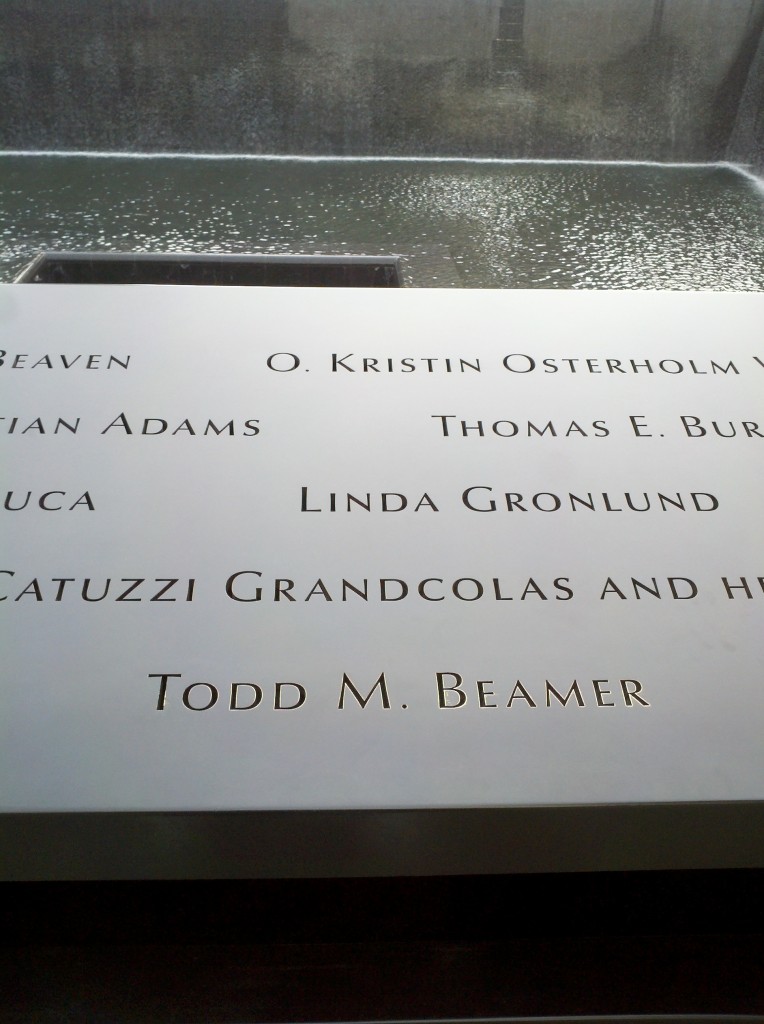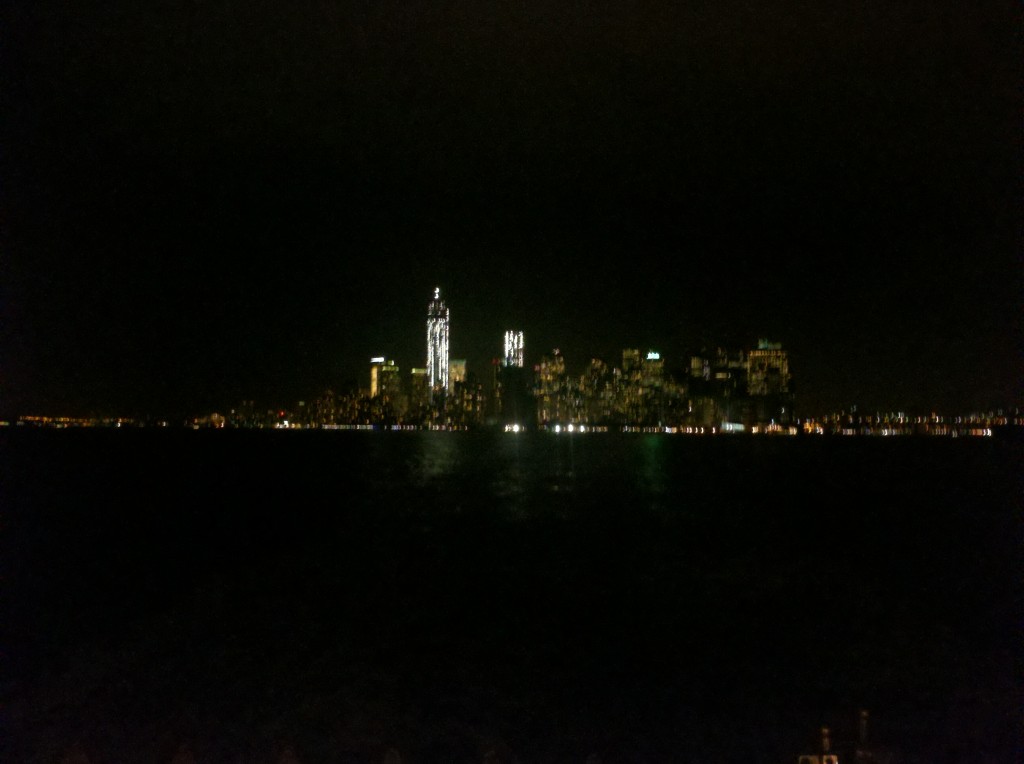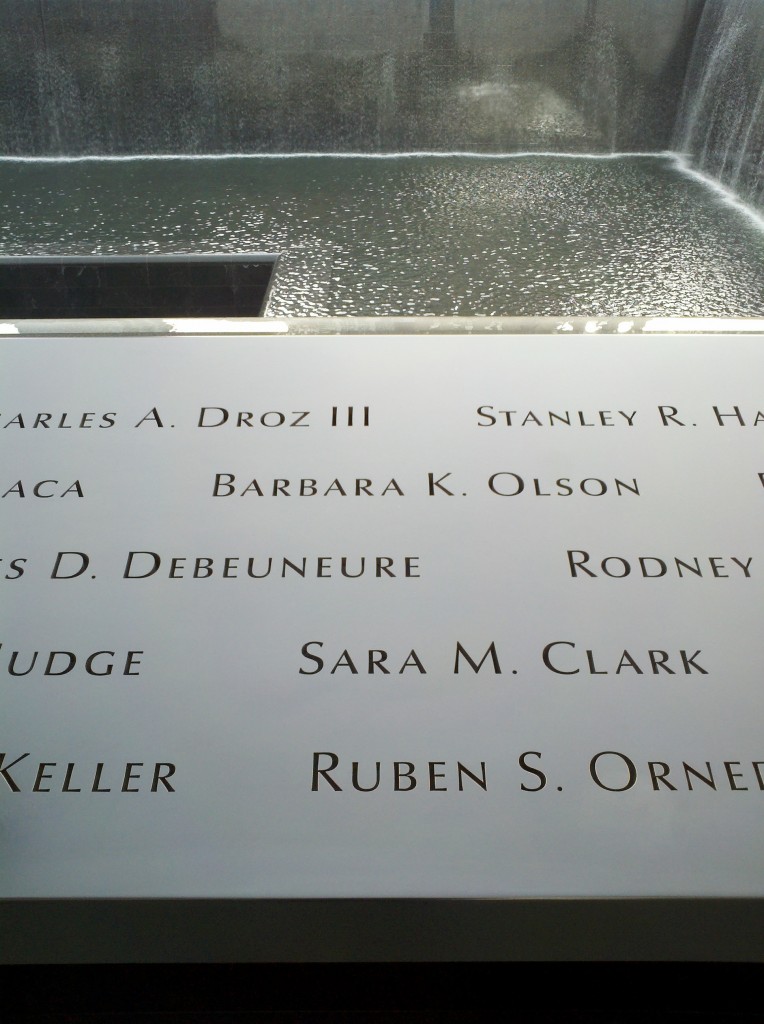Judge Wilkinson published in the Green Bag the address he gave at Georgetown after accepting the Federalist Society Lifetime Service award. The topic of his talk was “virtues of judicial restraint” (his talk is very similar to the one he gave at the Federalist Society Lawyers Convention).
He had an interest narrative about the “ascendancy” of libertarianism within the conservative movement, focusing on the fact that there are two types of liberty–individual and democratic.
We tend to forget that conservatism has been a philosophy of multiple strains. The tension between libertarian conservatives and traditionalists goes back at least as far as John Stuart Mill and Edmund Burke. Mill’s On Liberty railed against what he termed “the tyranny of the majority” whereas Burke’s Reflections on the Revolution in France argued that reliance on tradition, venerable institutions, and time-honored custom was the best way of ensuring human happiness. It is important that these strains remain in balance and that one not crowd out the other.
At present, however, the libertarian view seems to be in the ascendancy among conservatives. Of course, this strain has a valued place, but I fear increasingly that libertarians seek that place at the expense of those who hold to a more traditional and communitarian faith. Today, we speak of individual liberty as if the word “individual” were the only adjective that could possibly modify the noun. Indeed, many of our constitutional rights are individual, and those enumerated in our Bill of Rights and elsewhere with some modicum of specificity properly depend on judicial protection. But the Framers of the Constitution endowed us with two forms of liberty, individual and democratic, in the hope that one would not shove out the other.
Wilkinson criticizes conservatives who seek to enforce “vague” provisions in our Constitution.
To see liberty purely in terms of individual rights is too cramped a view. Democratic liberty is no less real for reflecting a collective view. I am dismayed when I see conservatives leap to the vaguest of phrases in our Constitution such as “privileges or immunities,” the Contracts Clause, the Ninth Amendment, and the Due Process Clause to establish their own set of textually nebulous bases on which to overturn enacted law.
I suppose these provisions lack a “modicum of specificity,” therefore they ought to be disregarded–at least from a judicial perspective. I think Wilkinson’s sketch here nicely sums up what Barnett refers to as judicial conservatives v. constitutional conservatives. Wilkinson is most certainly a judicial conservative, who is eager to criticize constitutional conservatives that seek to enforce the entire Constitution–even the vague provisions. I would also add Judge Sutton to the category of judicial conservatives.
I think what is at the heart of Wilkinson’s criticism is not the vagueness or specificity of these provisions, but what these provisions would do to our modern state. Wilkinson describes these ends as “political” in character.
This emerging jurisprudence is nothing but a thinly veiled assault upon labor, social welfare, and environmental legislation, the infirmities of which are political, not constitutional in character. This assault further runs the risk of simply mimicking on the right what I always thought gave us greatest pause in the legal arguments of our opponents. If we forsake restraint, what then shall we be left with? We shall be left with two dominant, though different, libertarian visions of the American Constitution, each distrustful of the other and each wary lest its opponents steal a march. Liberals have a vision whose central element often appears to be autonomy in lifestyle choices. Conservatives have a view in which liberty seems to pertain primarily to economic and market freedoms. But why these views are constitutional rather than political in their dimensions has thus far yielded no persuasive answer.
Indeed, Wilkinson views this libertarian strand of conservatism (I would just call it libertarianism, but semantics differ, I suppose) falt-out “danger[ous].”
There is a danger to our country in this present state of constitutional affairs. There is a danger that the competing constitutional visions of individual liberty are leaving us bereft of the notion of individual responsibility. In viewing people in isolation with rights that attach to the individual alone, we are neglecting the code of personal responsibility that has long been our source of national strength. We are overlooking the fact that citizens are not simply autonomous individuals, but depend on institutions such as family, church, community, and yes, to some extent, even government to provide them not with success, but with the opportunity to make something constructive and meaningful of their lives.
Every year I attend the Federalist Society Convention (this was my 7th convention in a row), I often wonder how many of the people in attendance fall into the Wilkinson Camp, and how many fall into the Thomas Camp. I tend to think there is something of a generational gap. Those who came of age in the era of the excesses of the Warren and Burger Courts will join Team Wilkinson (sign CJ Roberts up for that squad). Those who came of age after the appointments of Justice Scalia, and the growth of the New Federalism are more likely to be on the Thomas Camp. But, I don’t know if it is quite that simple.
I could look to my friends, who tend to be more Thomas than Wilkinson, though there is certainly a selection bias.
In closing, Wilkinson seeks to distance politics and the Constitution:
It is also one thing to welcome the Tea Party as a political movement, quite another to embrace a Tea Party Constitution. Political disputation and constitutional debate are simply different things, and it does our democracy no favors to confuse the one with the other
This is the exact opposite of what happened in NFIB v. Sebelius.
In any event, the fact that Wilkinson has to state this position, and defend it, tells me that the libertarian movement is on the rise.
Update: Damon Root has an interesting reflection on Wilkinson’s article here. Mike Ramsey writes about both of our posts on the Originalism Blog here.






